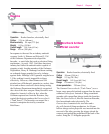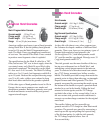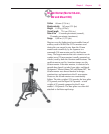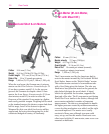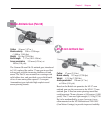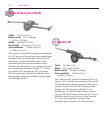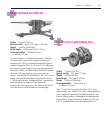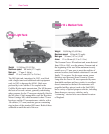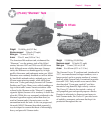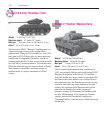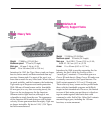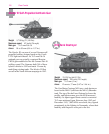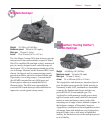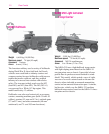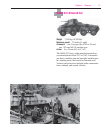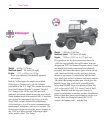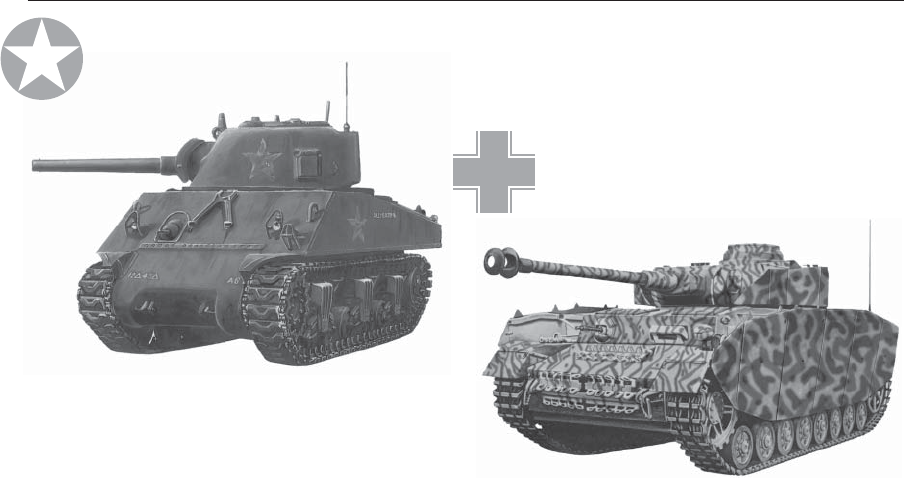
Chapter 5 Weapons
105
M4A1 (75-mm) “Sherman” Tank
Panzer
IV H Tank
Weight
25,000 kg (55,000 lbs)
Maximum speed
38 km/h (23 mph)
Main gun
75-mm (2.95-in.) L/48
Armor
8 to 80 mm (0.31 to 3.15 in.)
The German Panzer IV medium tank, introduced in
1937, was manufactured in larger numbers, over a
longer period, and in a greater number of variants,
than any other German tank. It remained in produc-
tion until 1945. Early models were armed with a
short-barreled 75-mm gun; models F and later
mounted a long-barreled, high-velocity version.
The Panzer IV chassis also carried a variety of
self-propelled guns and special-purpose vehicles.
Despite its inferiority in firepower and armor to
later German tanks, the Panzer IV provided a mix
of mobility, armament, and armor that kept it in
production throughout the war.
Weight
30,160 kg (66,352 lbs)
Maximum speed
38 km/h (23 mph)
Main gun
75 mm (2.95 in.)
Armor
25 to 51 mm (0.98 to 2 in.)
The American M4 medium tank, nicknamed the
“Sherman,” was the primary tank of the Allied
armies; between 1941 and 1946 over 40,000 were
built. Although more reliable than most German
tanks, the Sherman was handicapped by its high
profile, thin armor, and inadequate main gun. M4A1
Shermans were routinely knocked out and set ablaze
by hand-held antitank rockets, antitank guns, and
88-mm armor-piercing rounds, while shells from
their own 75-mm guns simply bounced off German
Panthers and Tigers. Many crews added sandbags or
logs to their tanks’ armor. American tankers often
referred to the Sherman as the “Ronson” (a popular
cigarette lighter) because of its tendency to catch fire
when hit. While this was commonly attributed to the
Sherman’s gasoline engine (rather than diesel, as
used in German tanks), the main cause was the
ammunition inside the tank. As the war progressed,
the model M4A3 Sherman (described separately)
was developed to counter the threat of increasingly
heavy and powerful German tanks.



